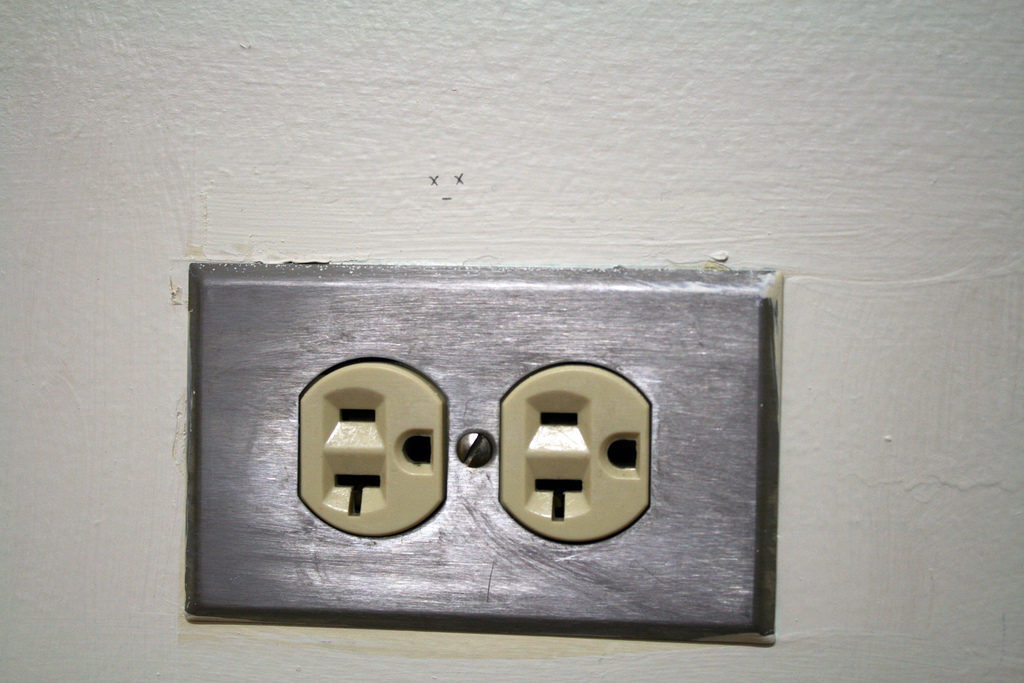
Many of us believe that older homes are better than the ones that have been constructed over the past thirty years or so. But the fact is that there are a bunch of potential problems with older homes of which you should be aware.
Hazardous materials
Housing standards aren’t what they used to be – and that’s a good thing! Now, it could be said that many newer homes are built to be quite as sturdy as older homes, and, in some areas, this is true. Overpopulation and not enough housing has certainly led to rushed construction in some areas. But we know a lot more than we used to about the hazardous materials we used to use in building homes.
Lead and asbestos are big no-nos in the world of construction, and this is something that most people know about. But if your home was built in the 70s or before, then there’s a chance there’s still lead or asbestos in your home. Get your home tested for the presence of these materials and other old nasties.
Water problems
Hazardous materials that are sometimes found in older homes will also often find their way into the water supply, especially when the plumbing is made of lead piping. (Though most homes should have had these replaced.)
 During the 60s, lead piping began to be replaced in some areas with galvanized steel – but, since then, many of these pipes may have become rusty and leaky. If you’re lucky enough to have landed a home that was built with copper piping that also became popular in the 60s, then you’re lucky – but even these may have been soldered using lead. Consider having a plumber inspect things, and use the best faucet water filter you can get in the meantime.
During the 60s, lead piping began to be replaced in some areas with galvanized steel – but, since then, many of these pipes may have become rusty and leaky. If you’re lucky enough to have landed a home that was built with copper piping that also became popular in the 60s, then you’re lucky – but even these may have been soldered using lead. Consider having a plumber inspect things, and use the best faucet water filter you can get in the meantime.
Electrical issues
Older homes often don’t have the powerful electrical infrastructure that more modern homes do. So when you plug in loads of modern electronic equipment – stuff that takes up quite a lot more power than the electrical infrastructures of these homes were built to deal with! – you run the risk of overpowering things.
It wouldn’t be right to paint a picture of old homes being unable to deal with modern tech – after all, modern tech doesn’t use quite as much electricity as a lot of people think – but it’s still something you need to keep in mind. Consider having an electrician review the outlets.
Structural damage
As homes age, they’re exposed to a plethora of problems that weaken their structure. The most common are excess moisture and termites. Those the damage may not be apparent at a glance, there might be a lot of damage behind the walls and in the foundations.
Certainly a good thing to do if you’ve acquired an older home is have it thoroughly inspected for both of these things. Eventually, these problems will lead to cracks and splintering occurring on ‘your side’ of the home, and can even lead to problems such as the weakening of pipes of the collapse of the roof. Wood, grout, and drywall are all at risk of these problems.





